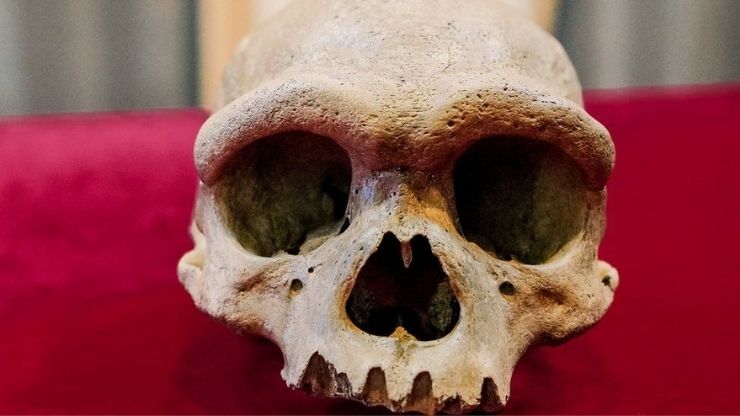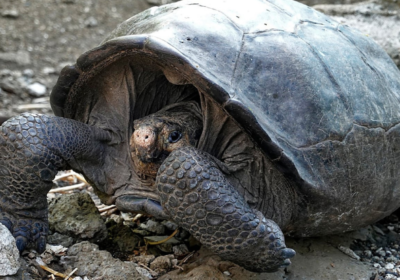Scientists in China have made a path-breaking discovery about human evolution. A fossilized human skull unearthed from Harbin province of China may help scientists to arrive at significant conclusions about human evolution and lineage. This fossil, christened as the ‘Dragon Man’ skull, is currently at the Geoscience Museum in Hebei GEO University.
What is Dragon Man Skull?
Scientists who studied the fossil published their findings in the journal, ‘The Innovation’ on June 25. According to them, the ‘Dragon Man’ skull is at least 140,000 years old. It is one of the most well preserved fossils that scientists and researchers ever discovered. It has preserved many morphological details that will help scientists in understanding about the evolution of the ‘Homo’ genus.
Dragon Man fossil is a massive skull that could hold a brain almost the size of the brain of modern humans. It has square eye sockets, thick brow ridges, wide mouth and oversized teeth. These distinctive features set this apart from all other known ‘Homo’ species. For this reason, scientists have assigned the Dragon Man fossil to a new species which they call ‘Homo longi.’

Scientists who conducted the study of the fossil state that Dragon Man is the skull of a male, who was approximately 50 years old. He was a well-built man who could withstand harsh weathers.. The scientists further suggest that this new genus, ‘Homo Longi’ may be the sister lineage of Homo sapiens. Several human lineages co-existed with Homo Sapiens. In fact, scientists now believe that among all the lineages, ‘Homo Longi’ are the closest relatives of humans. Earlier, they considered that Neanderthals had the closest resemblance to Homo Sapiens .
Early Discovery
Although the Dragon Man skull came into the possession of scientists only recently, it was discovered years back. The original discovery of the fossilized skull was in the 1930s. A construction worker in Harbin province unearthed this skull while he was engaged in the construction of a bridge in the area. Japan had control over the region during this period. The worker did not want the skull to go to Japanese authorities. So he took it home, and stored it in his family well, where it remained for almost 80 years. Before his death, he revealed the secret hoarding to his family. Thereafter, things took a different turn, and now, it is a prized possession of scientists.
The discovery of this fossil is quite fascinating for scientists and researchers. They are hoping that it will help them in achieving major breakthroughs in the study of human evolution.
You can read more news articles in our News section.




